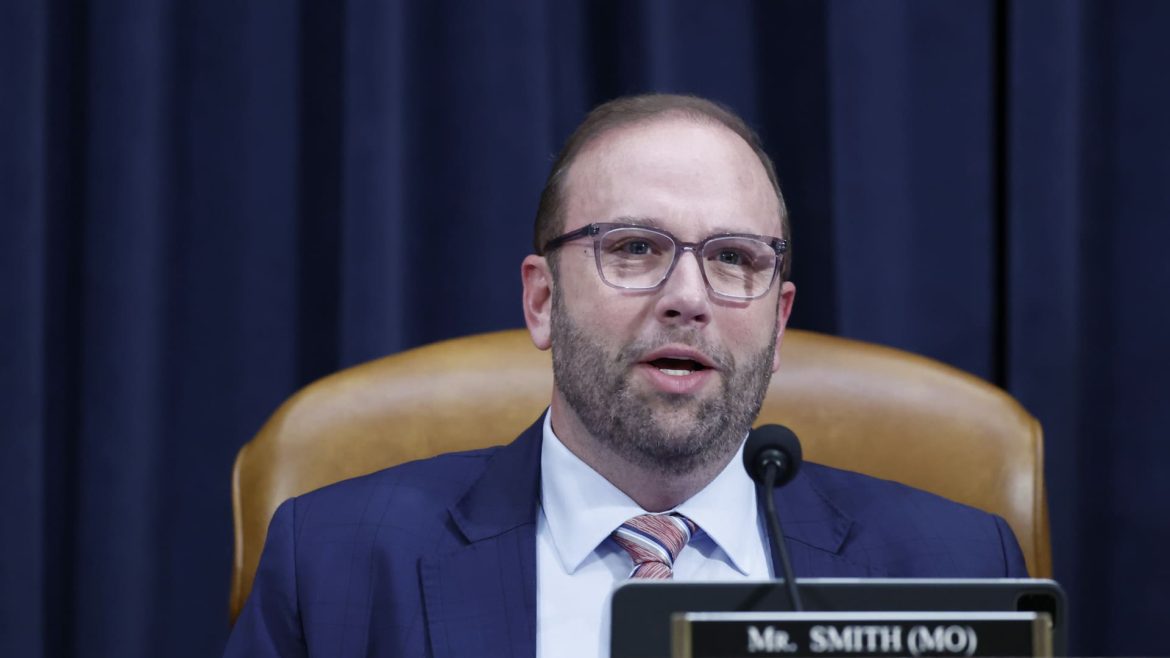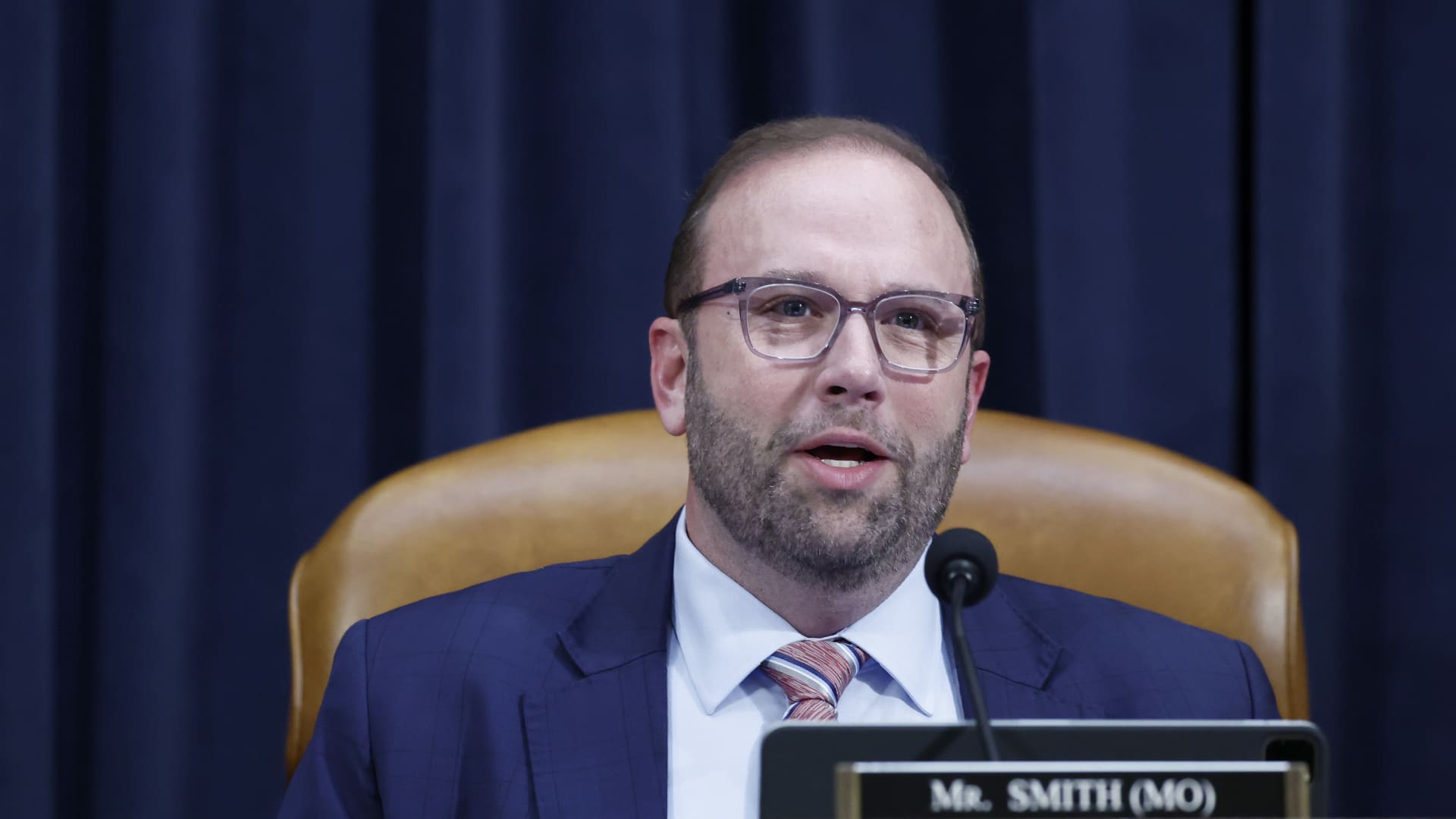The recently passed House Republican budget bill, colloquially dubbed the “big, beautiful bill,” represents a sweeping legislative effort to reshape America’s tax and spending landscape. Spanning over 1,100 pages, the bill sets forth an ambitious agenda that largely extends and augments previous tax cuts, notably those enacted in 2017 under former President Donald Trump. This report delves into the core components of the bill, examining its fiscal implications, targeted beneficiaries, and the contentious policy choices embedded within.
An Overview of the Tax Provisions
At its heart, the GOP bill proposes approximately $3.8 to $4.5 trillion in tax cuts, primarily by extending the 2017 Trump tax cuts, which were originally scheduled to expire. Key features include:
– Extension and Expansion of Tax Cuts: The bill maintains existing lower tax rates for individuals and corporations and introduces new tax breaks that disproportionately favor higher earners. According to analysts, the wealthiest 1% are projected to receive the largest proportional income gains—averaging about a 3.7% increase—dwarfing the benefits accruing to middle and lower-income households.
– Increased Standard Deduction and Child Tax Credits: The standard deduction for joint filers would increase substantially, to $32,000, easing taxable income for many families. Additionally, the child tax credit would be temporarily raised from $2,000 to $2,500 between 2025 and 2028 before reverting to $2,000, indexed for inflation thereafter.
– Expanded Tax Breaks: New or enhanced credits would apply to auto loans, tip income (eliminating taxes on tips, a long-standing campaign promise of the Trump administration), and health savings accounts, targeting various working families and specific economic sectors such as hospitality.
Spending Cuts and Policy Trade-Offs
While offering substantial tax relief, the bill simultaneously proposes significant spending cuts, reflecting a philosophy of deficit reduction primarily through trimming safety net programs. Notable reductions include:
– Medicaid and SNAP: The bill envisions cuts to Medicaid, the federal healthcare program for low-income Americans, as well as to the Supplemental Nutrition Assistance Program (SNAP), directly affecting millions of vulnerable populations.
– Other Domestic Spending: Beyond healthcare and nutrition, additional domestic program spending would face reductions, signaling a broader reallocation of federal resources towards national security priorities, border enforcement, and debt servicing.
Fiscal and Political Implications
– Increasing Federal Debt: Despite the stated intent to promote fiscal responsibility, the bill would likely lead to increased federal debt due to the expansive tax cuts with relatively modest spending offsets. Previous analyses suggest rising budget deficits could weaken long-term economic stability.
– Political Narrowness and Polarization: The bill passed the House narrowly along party lines (215 to 214), highlighting deep partisan divides. No Democrats are expected to support the proposal, which has sparked debate about the bill’s fairness and its impact on income inequality.
– Effect on Income Distribution: The Congressional Budget Office (CBO) and other fiscal watchdogs warn that the legislation could reduce after-tax income for the poorest decile of Americans while benefiting the wealthiest, exacerbating the nation’s wealth gap and sparking criticism from social advocates.
Wider Context and Strategic Considerations
Labeling their proposal the “One Big Beautiful Bill,” House Republicans aim to simultaneously deliver on campaign promises—tax relief for families and businesses, support for small enterprises, increased border security—and set the groundwork for future legislative negotiations. The bill’s “reconciliation” status allows it to bypass the Senate filibuster, making it a pivotal piece for advancing a broad right-leaning agenda despite a slim Republican majority.
Conclusion: A Controversial Blueprint for America’s Fiscal Future
The House Republican budget bill encapsulates the party’s vision for a smaller government footprint through tax relief paired with spending cuts targeted at social programs. While it promises immediate gains for families through enhanced deductions and credits and foretells economic stimulus for small businesses, its long-term effects raise critical questions about equitable growth and fiscal prudence. The bill’s deep partisan support and narrow passage mark it as a contentious yet defining moment in legislative efforts to steer America’s economic policy.
This bill reflects an enduring tension in U.S. politics: balancing growth incentives with social welfare, and crafting policy that navigates the competing demands of prosperity, fairness, and fiscal sustainability. Its unfolding impact on millions of Americans, particularly the vulnerable, will remain a central topic as it moves through the legislative and political gauntlet in the months ahead.





